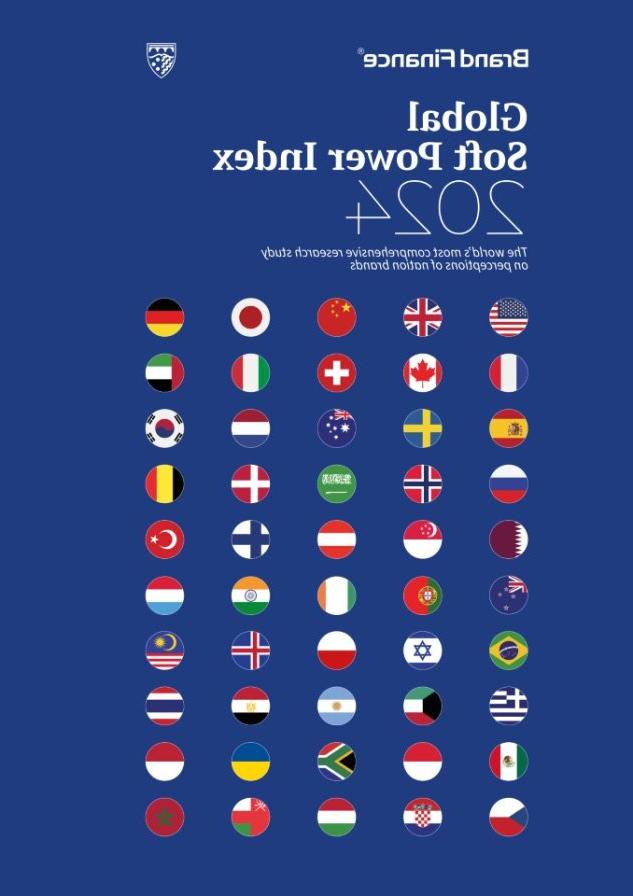Este artigo foi publicado originalmente no ÍNDICE GLOBAL DE SOFT POWER 2024

Fundador e editor,
A marca de local || Conselho, ele compartilhou um pensamento que ficou comigo desde então. "Eu vejo o turismo como o lado ensolarado de países e povos, dispostos a mostrar o seu melhor e a receber qualquer pessoa interessada em sua natureza, cultura, música, gastronomia. É o oposto do lado sombrio, que produz guerras, conflitos e deslocamentos. Vi como esse lado ensolarado do turismo se alinha perfeitamente com o conceito de turismo regenerativo-uma abordagem de visão de futuro que vai além da mera sustentabilidade. Trata -se de contribuir ativamente para a cura e aprimoramento de nossos destinos, criando um impacto positivo líquido que beneficia não apenas o ambiente e as comunidades locais, mas também a imagem global de uma nação. Cada um, a seu jeito, aproveitou o poder de sua beleza natural e patrimônio cultural para construir uma marca sinônimo de responsabilidade ambiental e vida sustentável. Alcançar um equilíbrio entre preservar os recursos naturais e promover o turismo, evitar as armadilhas da lavagem verde e garantir que os benefícios econômicos equitativos permaneçam obstáculos significativos. Esses modelos podem ser adaptados a diferentes contextos socioeconômicos, ou correm o risco de excluir benefícios potenciais para segmentos mais amplos da sociedade? As histórias destacadas sobre líderes de sustentabilidade. Com e no local, os líderes da marca Yearbook 2024 oferecem informações sobre como o turismo pode servir como uma força para o bem. O sucesso em um contexto não garante replicabilidade em outro, e o caminho para a regeneração requer uma consideração cuidadosa das realidades locais, o envolvimento das partes interessadas e o potencial de consequências não intencionais. Exige um esforço coletivo de nações, empresas e indivíduos para navegar pelos desafios que apresenta. Percepções das marcas da nação, apresentadas em um relatório para download e um painel interativo.
Observer
In 2015, during a conversation with Luigi Cabrini, the Chair of the Board at the Global Sustainable Tourism Council, he shared a thought that has stayed with me ever since. "I see tourism as the sunny side of countries and peoples, willing to show their best and to welcome anybody interested in their nature, culture, music, gastronomy. It is the opposite of the dark side, which produces wars, conflicts, and displacement."
This perspective shifted my view on tourism and its role in shaping the identity and perception of nations on the global stage.
Reflecting on that moment, I have seen how this sunny side of tourism aligns perfectly with the concept of regenerative tourism—a forward-thinking approach that goes beyond mere sustainability. It is about actively contributing to the healing and enhancement of our destinations, creating a net positive impact that benefits not only the environment and local communities but also the global image of a nation.
Countries like New Zealand, Costa Rica, and Bhutan illustrate the potential of regenerative tourism. Each, in its own way, has harnessed the power of its natural beauty and cultural heritage to build a brand synonymous with environmental responsibility and sustainable living.
These efforts have not only boosted their international image, but have also translated into tangible economic benefits.
However, embracing regenerative tourism is not without its challenges. Achieving a balance between preserving natural resources and promoting tourism, avoiding the pitfalls of greenwashing, and ensuring equitable economic benefits remain significant hurdles.
Additionally, the unique tourism models, such as Bhutan's High Value, Low Volume approach, raise questions about scalability and inclusivity. Can these models be adapted to different socio-economic contexts, or do they risk excluding potential benefits to broader segments of society?

There are quite a few examples now of destinations driven by a bold vision of sustainability and ambition for regenerative development, directly benefiting their Soft Power. The stories highlighted on Sustainability-Leaders. com and in the Place Brand Leaders Yearbook 2024 offer insights into how tourism can serve as a force for good.
Yet, they also underscore the need for a nuanced approach to implementing regenerative practices. Success in one context does not guarantee replicability in another, and the path to regeneration requires careful consideration of local realities, stakeholder engagement, and the potential for unintended consequences.
From my conversation in 2015 to where we are today, it is evident that the journey toward fully realising the potential of regenerative tourism is complex. It demands a collective effort from nations, businesses, and individuals to navigate the challenges it presents.
Together, we can make sure that every country is celebrated for making our shared world a better place, truly showing off the sunny side of tourism that Luigi Cabrini spoke about.
